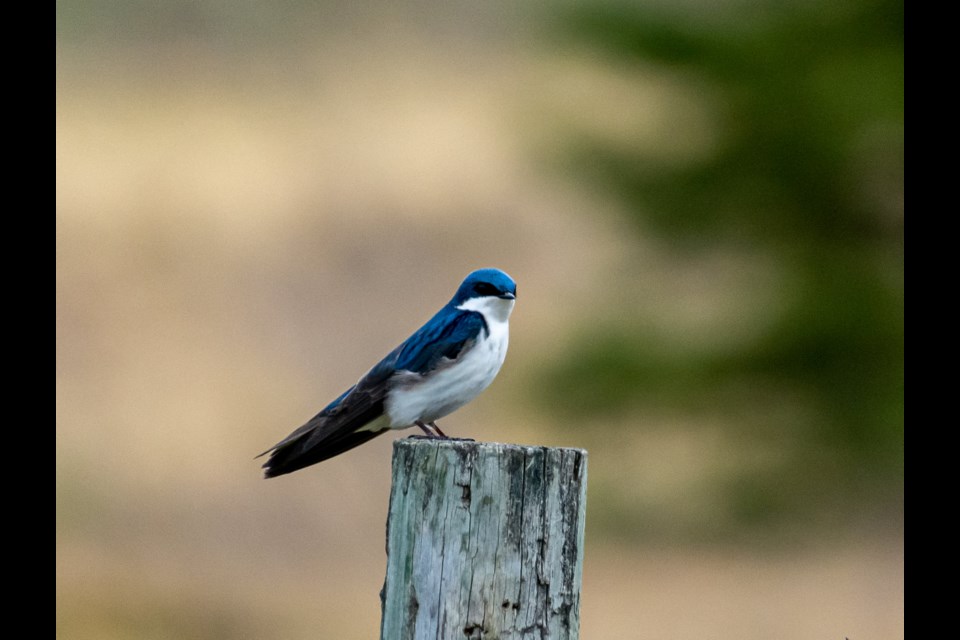Birdwatching. For many, the word often brings up images of people in cargo vests and sun hats standing in the forest, binoculars held aloft. While this is certainly not an untrue stereotype, birdwatching, or birding, is for everybody and can be done just about anywhere.
The goal of birding is to find and identify different species of wild birds. Some people will travel hundreds of kilometres to see a particular species, while others are content to stay in their own backyards. Some see themselves as amateur ornithologists and keep a detailed list of their sightings. This is actually a thriving area of citizen science, where you can submit your sightings on ebird.com to help researchers learn more about bird distribution. Others prefer to simply enjoy birds for their own beauty, regardless of the species. I’m a bit of both, I suppose.
There are a couple things that will make birding more enjoyable. The first is a pair of binoculars. Birds are often high up or far away, and some are quite small. Since identifying the bird you’re viewing often requires getting a good look at it, a pair of binoculars is crucial. Decent options exist for most budgets.
You'll also want a field guide, which helps identify different species. The range maps inside will let you know where to look for birds you'd like to find. As a general guide to North American species, The Sibley Guide to Birds has become the gold standard. For more Alberta-centric insights, Fisher and Acorn’s Birds of Alberta is a classic. Browsing through your field guide is a great way to become familiar with the birds around you.
Alberta has a nice diversity of bird species; probably more than you might think, but not so many that learning them is a chore. Because many bird species migrate, the diversity is higher in the warmer months. You can even spot several types that briefly pass through the province on their way further north or south. Look for any flash of movement or distinctive shape that might be a bird, see if you can get a good look and figure out what it might be.
Birds can be told apart by size, shape, colour pattern, and more. Each species also makes a unique call, meaning your ears are just as important as your eyes while birding. I once knew a man who didn’t have the use of his eyes but spent hours out in nature listening to and recording bird songs. He described it like a symphony. For beginners, common backyard species like chickadees, woodpeckers, and nuthatches are easy to get to know first. With some patience, you can even persuade them to eat from your hand.
Many birds can be found across the province, while others are choosier about their habitat and location. For urban folks, even Alberta’s big cities hold good birding areas. If you have a backyard, set out a feeder or two, sit by the window with your binoculars, and see what stops by. Wooded parks along the rivers in Edmonton, Red Deer, and Calgary can be rich in songbirds, waterfowl, and small raptors. I’ve even seen huge flocks of pelicans soaring overhead from the Calgary Zoo and watched a Gyrfalcon hunt pigeon near the Yellowhead in Edmonton.
Outside of towns and cities, there’s even more to see. Provincial and national parks across Alberta are great places to birdwatch. You can also have a great time and cover a lot of ground by driving down backroads through forests and farmlands and watching what’s out there. This is a good way to see things like songbirds perched on fences, shorebirds out on flooded fields, and birds of prey on power poles. Once you become used to spotting wild birds while you’re out and about, you might find yourself seeing these wonderful creatures everywhere.
Nicholas Carter is an avid birder, who recently returned to live in the Edmonton area.




